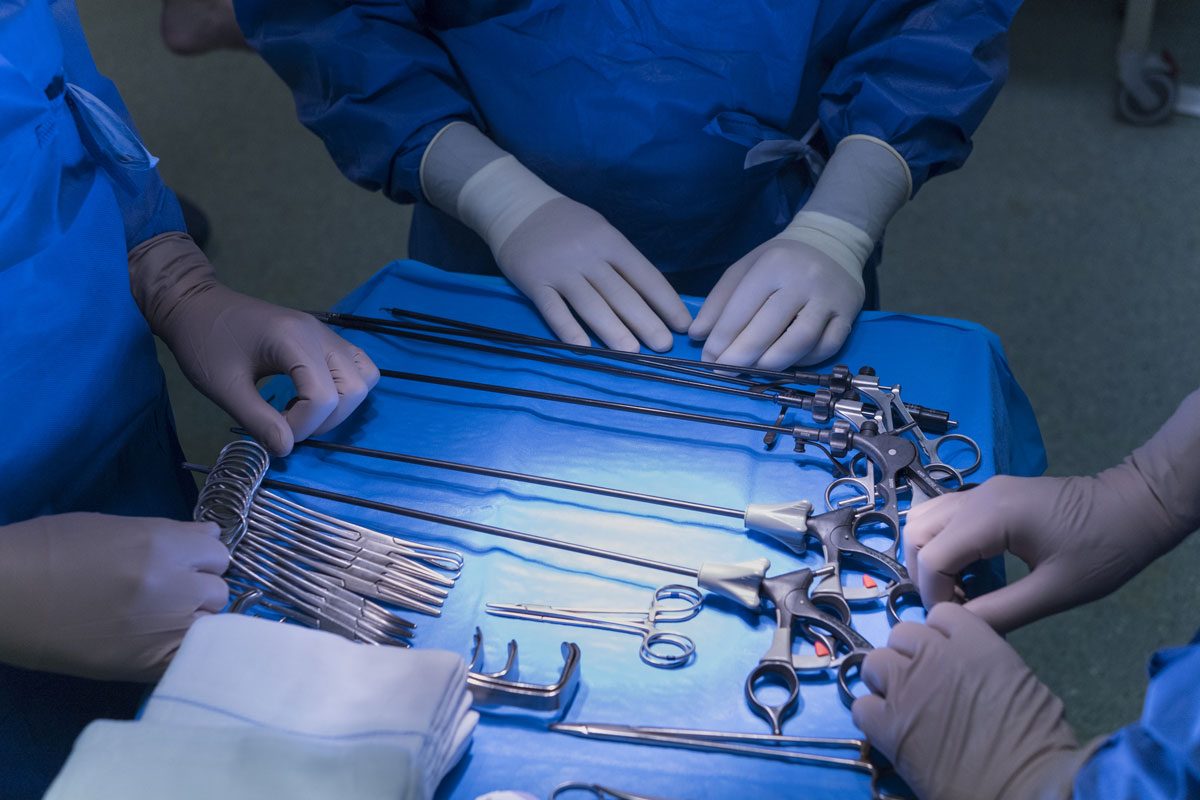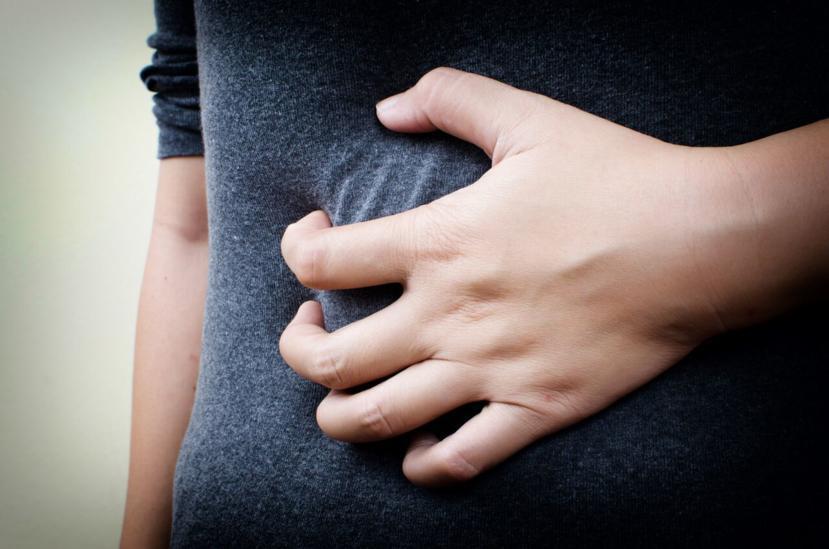Hernia is a protrusion of the bowels or adjacent organs/tissue through a defect or weakness in the abdominal wall. It is a type of hernia that develops at the site of an incision from a previous surgery. Typically, a hernia occurs with a part of the intestine protruding or hanging out through an opening formed in the abdominal wall. Smoking, diabetes, age and obesity also contribute toward this condition. It may develop shortly after the surgery or years later. Prevalence reported ranges from 0.5% to 13.9% for most abdominal surgeries.
All surgical procedures involve some element of risk. Some of the complications that can arise after a hernia surgery are adverse reactions to the mesh, rejection of the mesh, infection to nearby organs, mesh erosion and migration. Pain and recurrence of hernia are other risks associated with this surgery.
Especially, urgent surgery repair of incarcerated incisional hernia with associated bowel obstruction in potentially or contaminated field is technically challenging due to edematous, inflamed and friable tissues with occasional need for concurrent bowel resection and carries high rates of postoperative infectious complications.
Postoperative Complications
Postoperative complications are comprised of those common to all general surgery, for example, thromboembolism and superficial surgical site infection, and are typically managed no differently.
Complications after surgical hernia repair may occur in up to 50% of cases, depending on surgical technique and the status of the hernia sac vasculature. Approximately one-half of these complications may require surgical reintervention, and accurate diagnosis at CT scan is necessary for optimal patient treatment.
- Hernia Recurrence: the most common complication after hernia repair, usually occurring 2–3 years after surgery. The prevalence varies with the type of repair:
- up to 30% of cases after open surgery without mesh placement;
- up to 10% after open surgery with mesh placement
- up to 7.5% after laparoscopic surgery
- a small percentage occur 5 or more years after surgery, usually related to the aging of tissues and the weakening of muscles.
- Wound Complications: Fluid Collections and Surgical Site Infection (up to 34% of open ventral hernia repairs are associated with wound complications)
- Fluid Collections: occur frequently (≈ 17% of cases) in the immediate postoperative period after hernia repair. These collections usually contain serous fluid (seromas) or blood products (hematomas). Most seromas resolve without manipulation within 30 days; aspiration may be indicated if the collection persists for more than 6 weeks, steadily grows, produces symptoms, or is suspected to be infected. Imaging-guided aspiration or drainage may be problematic for large collections located under the mesh.
- Surgical Site Infection: does not always lead to infected mesh, but this can occur. The need to reoperate and excise infected mesh can lead to significant morbidity and has been reported to have an incidence of 1%-3% after laparoscopic repair and 8% after open repair. While some of the newer, dual-coated polypropylene and polyester meshes can potentially be treated through an infection, a mesh infection with ePTFE (expanded polytetrafluoroethylene) generally required mesh surgical removal.
- Chronic pain: often the abdominal incision is significant, as well as lateral retromuscular dissection. Repairs may frequently require a closure of previously distant tissue, placing muscle and fascia on tension. Unique to hernia repair, however, is the need for mesh reinforcement. It is the mesh material itself that plays the significant role in postoperative pain, rather than the method of repair. While postoperative and short-term pain issues have an unclear and likely multifactorial etiology, including mesh incorporation and fixation tacks, transfascial sutures are believed to be responsible for long-term pain. Time, narcotics, nonsteroidal anti-inflammatory drugs, or repeated local injections of analgesics have been shown to improve chronic pain. When these measures fail, rarely, surgeons must perform local explorations and remove transfascial sutures.
- Infection: infected postoperative fluid collections occur in 1%–5% of patients. These complications tend to occur more frequently in older female patients, especially after surgical repair of strangulated and incarcerated hernias. Moreover, they tend to manifest early in the postoperative period (<2 weeks after surgery) and constitute an important risk factor for hernia recurrence. Infected fluid collections may involve subcutaneous (superficial) or mesh-surrounding (deep) tissues. Differentiation is important because superficial infections are managed conservatively, whereas deep infections require intervention such as percutaneous drainage or prosthesis removal.
- Late enterocutaneous fistula: late presentation (30 days) after mesh repair is a rare but morbid complication. The management of enterocutaneous fistula has evolved over many de cades. Mortality rate of greater than 40%. Removal of all involved, unincorporated mesh is necessary for successful fistula closure. Often, after excision of involved mesh, large defects are left, and in the setting of bowel resection, placement of permanent mesh is not advised. Use of absorbable mesh may also be appropriate, and although this will likely result in recurrent hernia, in the absence of a fistula, these hernias can be approached operatively after healing is complete.
- Mesh-related complications:
- Inflammatory reactions may lead to fibrosis of tissues surrounding the mesh;
- Mesh shrinkage may also occur;
- Intraperitoneal adhesions may develop, predisposing to small bowel obstruction;
- Migration of mesh within the abdominal wall (less frequently).
















